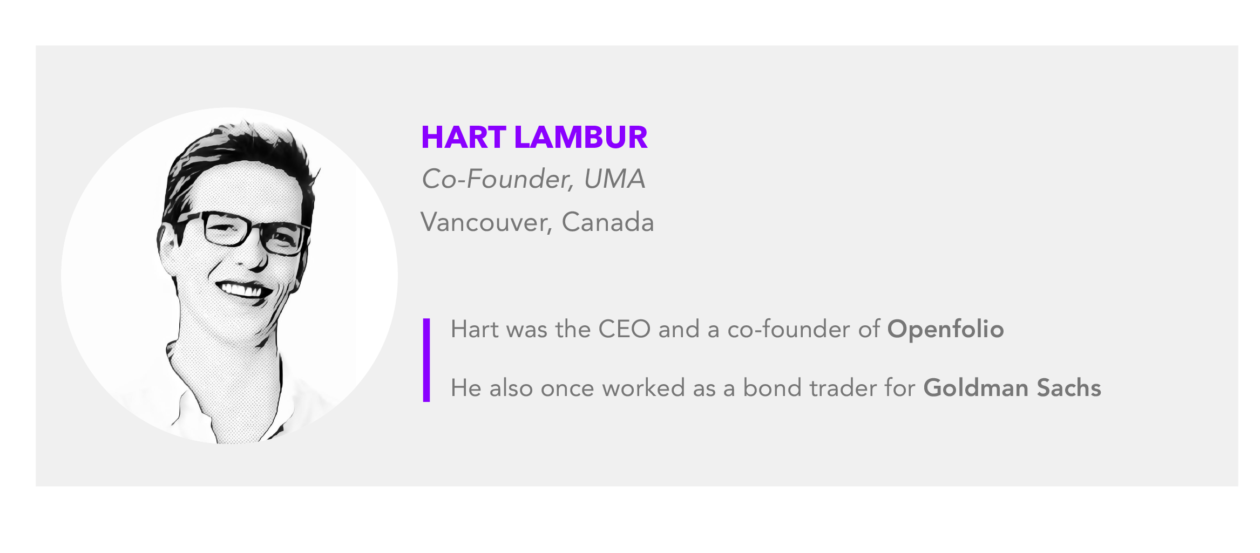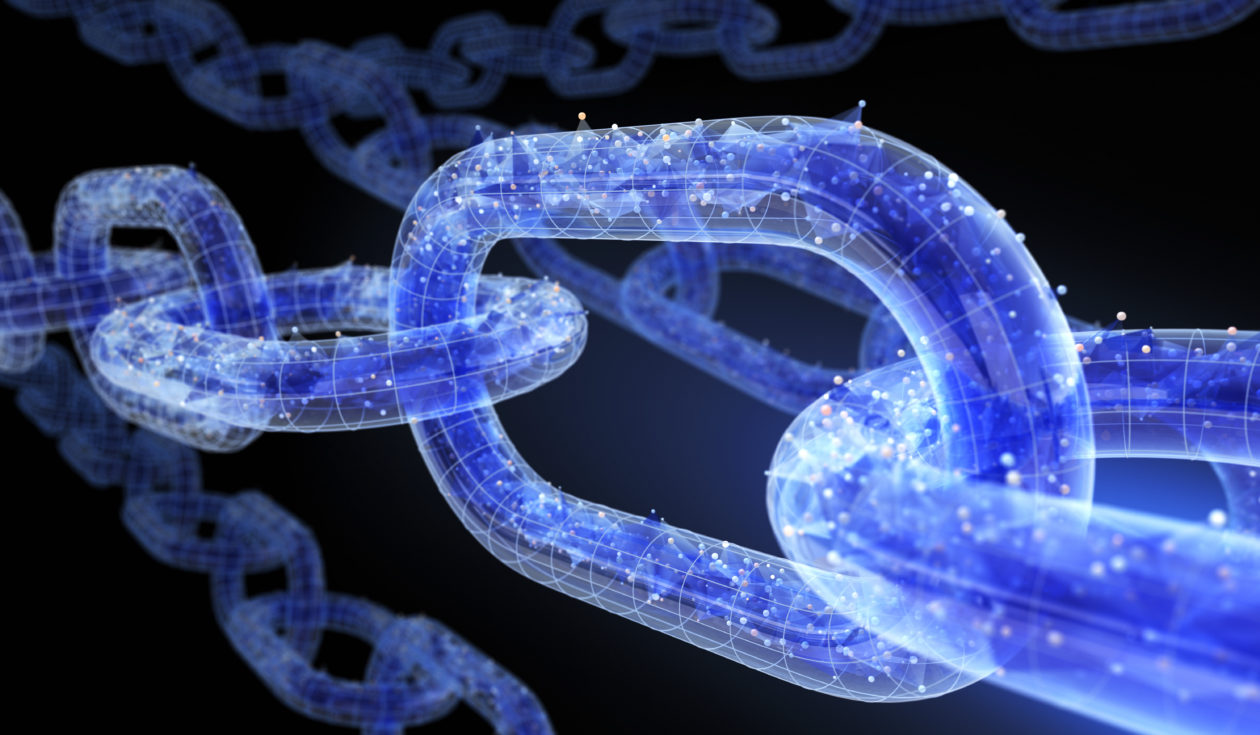In a world where anyone can easily broadcast information and claim it as a single source of truth, how do we ensure that the backbone of the new web — blockchains — remains open, decentralized and, most importantly, trustless?
The answer lies with oracles. It’s this key part of the blockchain infrastructure stack that enables smooth communication between the external world and on-chain environments in a trustless manner.

Oracles are vital for many parts of the blockchain industry, but in particular for decentralized finance (DeFi) applications, because blockchains have no native way to access data outside of the chains themselves. To ensure that decentralized applications (dApps) such as insurance products, algorithmic stablecoins, financial derivatives and prediction markets work smoothly, DeFi protocols rely on oracle networks for real-time on-chain data and events-based outcomes.
In the words of former Coinbase chief technology officer Balaji Srinivasan, blockchain oracles are “going to be one of the most important technologies of this decade. In an era where anyone can disseminate anything as truth, the need for oracles becomes increasingly important as reliable arbiters of that truth.” Oracles are key to unlocking a decentralized future and understanding how they work, and how they are evolving will show us where the industry is going.
The case for oracles
Oracles take real-world information — such as market prices, weather information, location data and exchange rates — from external sources, bring this data onto the blockchain, and allow smart contracts to act upon them. They can even be used to serve up data from other chains.
In a non-blockchain environment, oracles are usually a third-party service or an application a user interacts with themselves manually. These are obviously both centralized and defeat the entire purpose of building decentralized financial products. Centralized oracles are also much more easily corrupted and could easily game the system for their own financial gain. Often discussed in the context of the oracle problem, the key part of blockchain oracles is that they need to provide multiple reliable data sources to establish complete decentralization.
To do this, blockchain oracles use cryptography and economic incentives to create mechanisms by which multiple nodes come to a consensus over shared data. This, however, can be a point of weakness for blockchain protocols. With the more common price-feed oracle systems, manipulation can occur and there have been numerous high-profile examples, one being when lenders on DeFi Compound got liquidated for US$103 million after a malicious oracle exploit.
Traditional price feed oracles also have limitations that hamper the creation of innovative DeFi applications. Oracles that push prices onto the blockchain work well for applications that require a constant price stream, such as liquidations on common pairs like BTC/USD. However, these oracles are expensive to set up for each price feed, and so they deter products that cater to the long tail of assets, including those products that track the price of specific small-cap coins.
As we look to the next stage in blockchain development, it’s clear that we need multiple types of oracles that will enable the new and innovative use cases people need.
Optimism in evolution
As DeFi dApps gain more mainstream adoption, the next evolution of oracles will enable products built to cater to the long tail of assets and open up the blockchain ecosystem to a greater range of financial products.
One of these evolutions is the optimistic oracle. Optimistic oracles work differently from traditional oracles in that they run a “priceless” mechanism, allowing anyone to propose an answer to a data request, with disputes only raised if the data is incorrect.
Like optimistic rollups, optimistic oracles provide a time window for those to dispute any incorrect findings, protecting smart contracts and users against manipulation of the external data feed. This is a unique feature for an oracle, as other oracle solutions are only as secure as their data feed. Optimistic-style oracles offer the same economic guarantees on data accuracy because they minimize gas fees and allow applications to get accurate data at a low cost.
With emerging technologies in Web3 ushering us into a new era of the internet, different types of oracles will allow DeFi developers to build financial products and applications that expand the boundaries of what’s possible in DeFi and Web3. It’s this key technology that will expand the capabilities of blockchains and dApps, allowing them to achieve their true potential of building completely decentralized, trustless systems open to all.




